The gardenia is a shrub that thrives in warm, humid climates. The plant has dark green leaves and delicate white flowers that give off a sweet fragrance. Gardenias are popular as houseplants because they require little care and will bloom all year long with enough light and warmth.
Unfortunately, the leaves of this beautiful plant can dry out quickly if not cared for properly. In this blog post, we will discuss how to tell when your gardenia’s leaves need watering, tips on how to water them correctly, and some other common problems with gardenias so you know what to look for!
Why Are My Gardenia Leaves Drying Out?
Your gardenia leaves are drying out because the plant is not getting enough water. To understand how to tell when your gardenia’s leaves need watering, you first have to know a little bit about the needs of this tropical plant.
Gardenias like humid climates and they require consistent moisture in order to thrive indoors. If the room where your gardenia is located does not get at least 50% humidity (and most homes do not) then it will be difficult for them to survive without some extra help from their owners!
You can increase the level of humidity around your home by regularly misting your plants with distilled water or moving them closer together so that their foliage creates a micro-climate that helps maintain high levels of humidity. You could even invest in a humidifier if you have a very dry home.
When your gardenia’s leaves are drying out, it can be due to a lack of water or too much heat in the environment around them. Gardenias thrive when they stay about 70 degrees Fahrenheit and require at least four hours of full sunlight each day.
If either of these things is not true for your home, then there may be nothing wrong with your plant! But if it seems like every time you water your gardenia its foliage dries out again within just a few days, then maybe something else is going on…
Can My Gardenia Leaves Be Saved?
Yes, but you need to act fast! Plants rely on their roots to soak up water from the soil, but as leaves begin to dry out they will actually start taking moisture away from those same roots!
In order to fix this problem, you need to thoroughly moisten the surface of your gardenia’s rootball. To do this you should gently remove it from its container and place it in a sink or bucket filled with distilled water for about 20 minutes.
Once time is up, take it back out and lay down so that all surfaces are exposed briefly before returning home. This process will allow any standing water inside the plant pot to drain out while rehydrating the plant at the same time!
I prefer to use filtered water to prevent any chemicals in tap water from damaging the roots of my plant. In fact, I keep a gallon of water in my refrigerator so that it is always ready to use whenever I need it!
Gardenias that are still young or have been severely dehydrated may be beyond saving even after following these steps, but you should see an improvement in their appearance within a week! If there appears to be no change at all by this time don’t hesitate to contact your local greenhouse for further assistance as soon as possible!
How Can I Water My Gardenias to Prevent Dryness?
Gardenia’s like moist but not soggy soil and if you over-water them then they can actually begin to wilt as well!
There are a couple of different ways to water your gardenias, but the right way is to let them soak up as much moisture from their soil as possible before letting any excess drain out.
This means using pots with drainage holes to prevent standing water at the bottom that will suffocate your plant roots. I like to water my gardenias when the top inch of soil is dry, which can be measured with your finger or a moisture meter.
Conclusion
In conclusion, dry leaves are usually the first sign that your plant needs more water. I recommend acting fast by removing the plant from its container and soaking it in water for 20 minutes.
Most gardenias will be revived after this process, but severe dehydration may require assistance from a more experienced gardener! If you do not feel comfortable with these steps then I recommend contacting your local greenhouse to help revive your plant as quickly as possible.
Tim is an avid gardener from the UK. He was the founder of PlantCarer.com from 2021 to Sep 2023. He sold PlantCarer.com to Aaron. He has since started his own business called Seed To Supper, which provides new gardeners all the materials you need in a box (pots, seeds, compost and instructions) to grow your own delicious and nutritious vegetables and herbs from start to finish – no garden required.




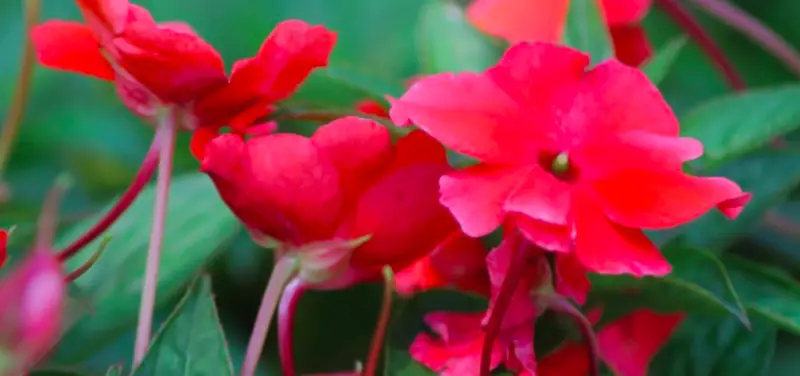
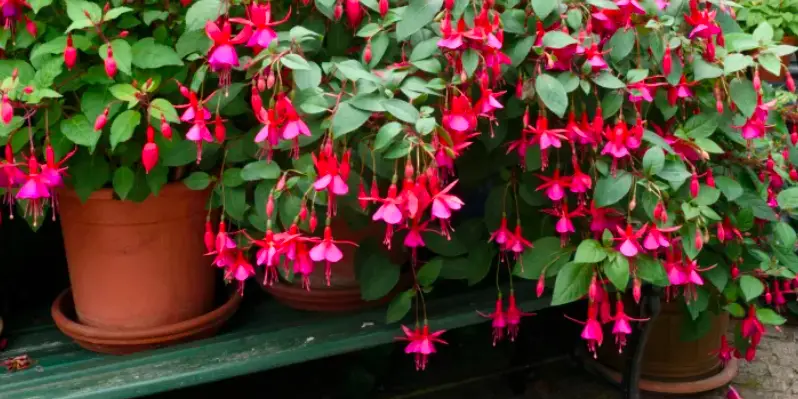
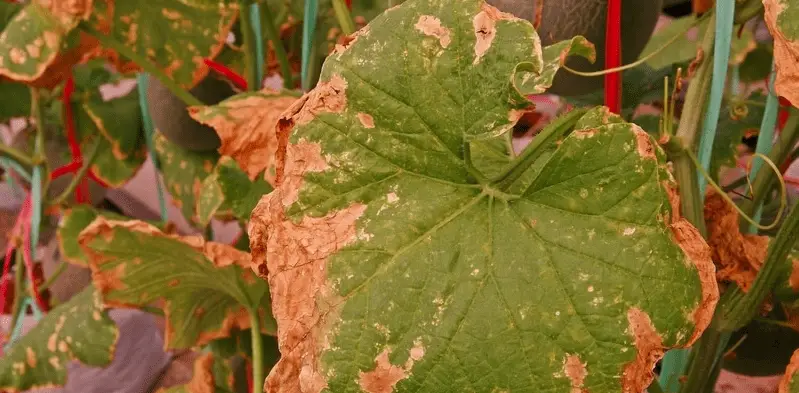
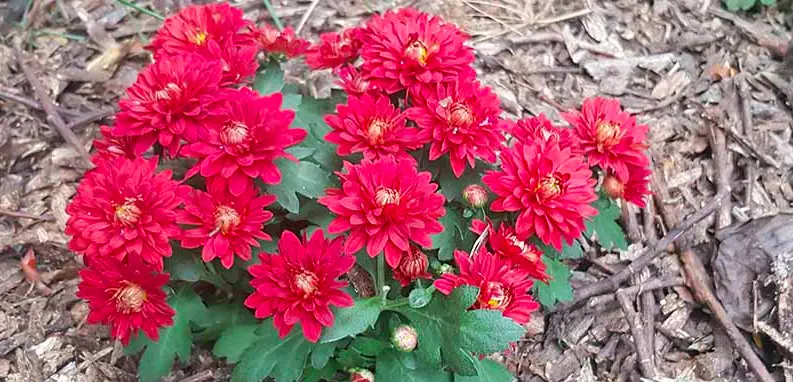
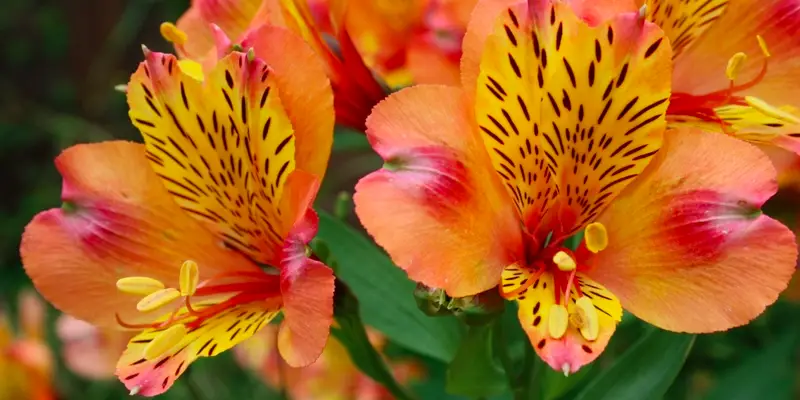
0 Comments